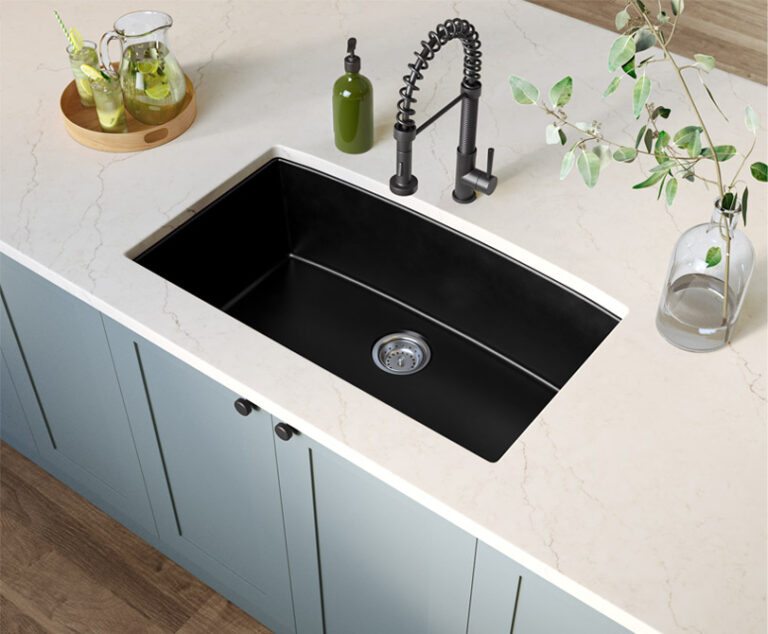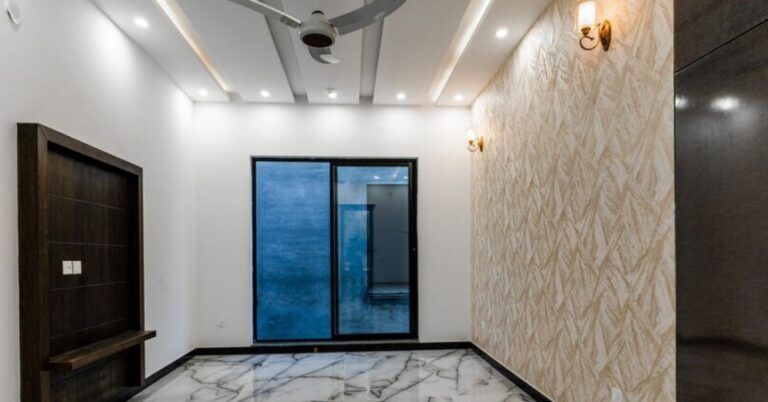Popcorn Ceiling Removal, Construction And Repair, And Similar
Popcorn ceilings, once a popular choice for texture and soundproofing, have fallen out of favor in recent years. Many homeowners are eager to update their interiors by removing this outdated feature. If you’re considering a makeover, this comprehensive guide will walk you through the process of removing a popcorn ceiling, as well as addressing construction and repair needs. By the end, you’ll be ready to tackle the project with confidence.
Understanding Popcorn Ceilings
Popcorn ceilings, also known as acoustic or textured ceilings, were commonly used in homes from the 1950s to the 1980s. They were praised for their ability to absorb sound and hide imperfections in the drywall. However, they are also known for collecting dust and cobwebs and can make a room feel dated.
Why Remove a Popcorn Ceiling?
Removing a popcorn ceiling can significantly enhance the aesthetic appeal of your home. Here are a few reasons why you might consider this project:
- Modernization: A smooth ceiling can give a room a more contemporary look.
- Increased Home Value: Updated ceilings can make your home more appealing to potential buyers.
- Improved Cleanliness: Smooth ceilings are easier to clean and maintain.
Preparing for Popcorn Ceiling Removal
Before you dive into the removal process, it’s crucial to prepare properly. Here’s what you need to do:
- Check for Asbestos: Homes built before the 1980s may have popcorn ceilings containing asbestos. It’s essential to get a professional inspection. If asbestos is present, hire a licensed asbestos removal specialist.
- Gather Your Supplies: You’ll need:
- Drop cloths or plastic sheeting
- A ladder
- A utility knife or scraper
- A garden sprayer or sponge
- Joint compound and tape
- Sandpaper and a sanding pole
- Primer and paint
- Protect Your Space: Cover floors, furniture, and fixtures with drop cloths. The removal process can be messy, so be prepared for debris.
Step-by-Step Guide to Removing a Popcorn Ceiling
- Soften the Texture: Use a garden sprayer filled with water to lightly mist the ceiling. Allow the water to penetrate for about 15 minutes. This step will make the texture easier to scrape off.
- Scrape the Ceiling: Starting in a corner, gently scrape the popcorn texture using a utility knife or a specialized ceiling scraper. Work carefully to avoid damaging the drywall beneath.
- Clean Up: After removing the texture, you’ll likely find some residual debris. Use a damp sponge to clean off any remaining particles.
- Repair and Smooth: Assess the drywall for any damage. Use joint compound to fill in imperfections, then sand the area smooth once it’s dry.
- Prime and Paint: Apply a primer to the ceiling to seal the surface. Once the primer is dry, paint the ceiling with your chosen color.
Addressing Construction and Repair Needs
During the removal process, you might encounter issues that require additional attention:
- Drywall Repairs: If the drywall has been damaged, you may need to patch or replace sections. Use joint compound to fill holes and seams, then sand smooth.
- Cracks and Gaps: Inspect the ceiling for cracks and gaps. These should be filled with joint compound and sanded smooth.
- Texture Alternatives: If you want to add a new texture or pattern, consider options like knockdown, skip trowel, or smooth finishes.
Professional Help vs. DIY
While removing a popcorn ceiling can be a DIY project, it’s worth considering professional help for larger or more complex jobs. Professionals have the experience and equipment to ensure a smooth finish and can address issues like asbestos removal or extensive drywall repairs.
Maintaining Your New Ceiling
Once your new ceiling is in place, regular maintenance will help keep it looking fresh. Dust it periodically with a microfiber cloth and repaint as needed to keep it looking pristine.
Conclusion
Removing a popcorn ceiling can significantly enhance the look of your home, making it feel more modern and clean. With proper preparation, the right tools, and a bit of patience, you can tackle this project yourself. However, don’t hesitate to reach out to professionals if you encounter challenges or if your ceiling contains hazardous materials like asbestos. Whether you choose to remove stucco or simply update your ceiling, the result will be a more inviting and stylish living space.







